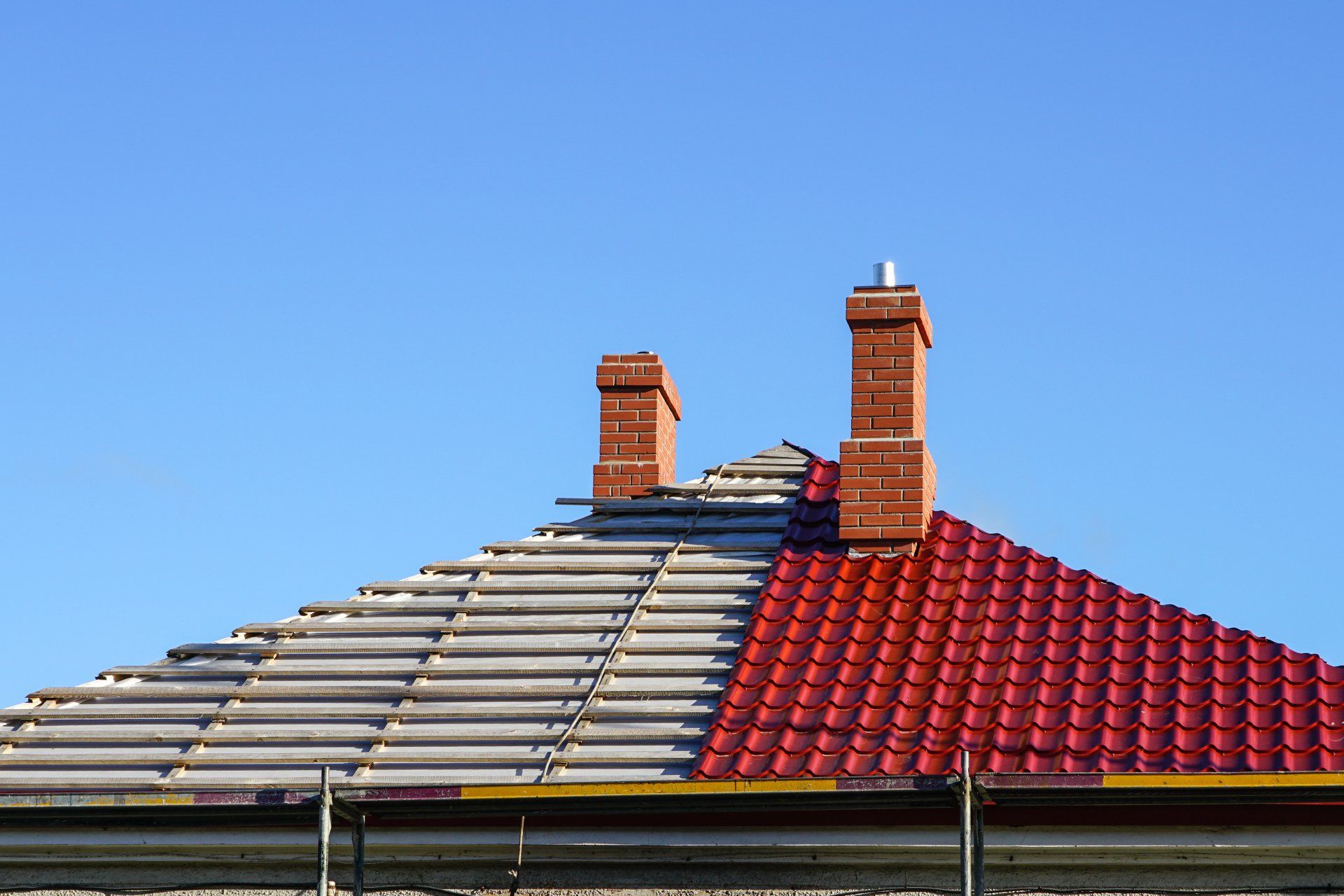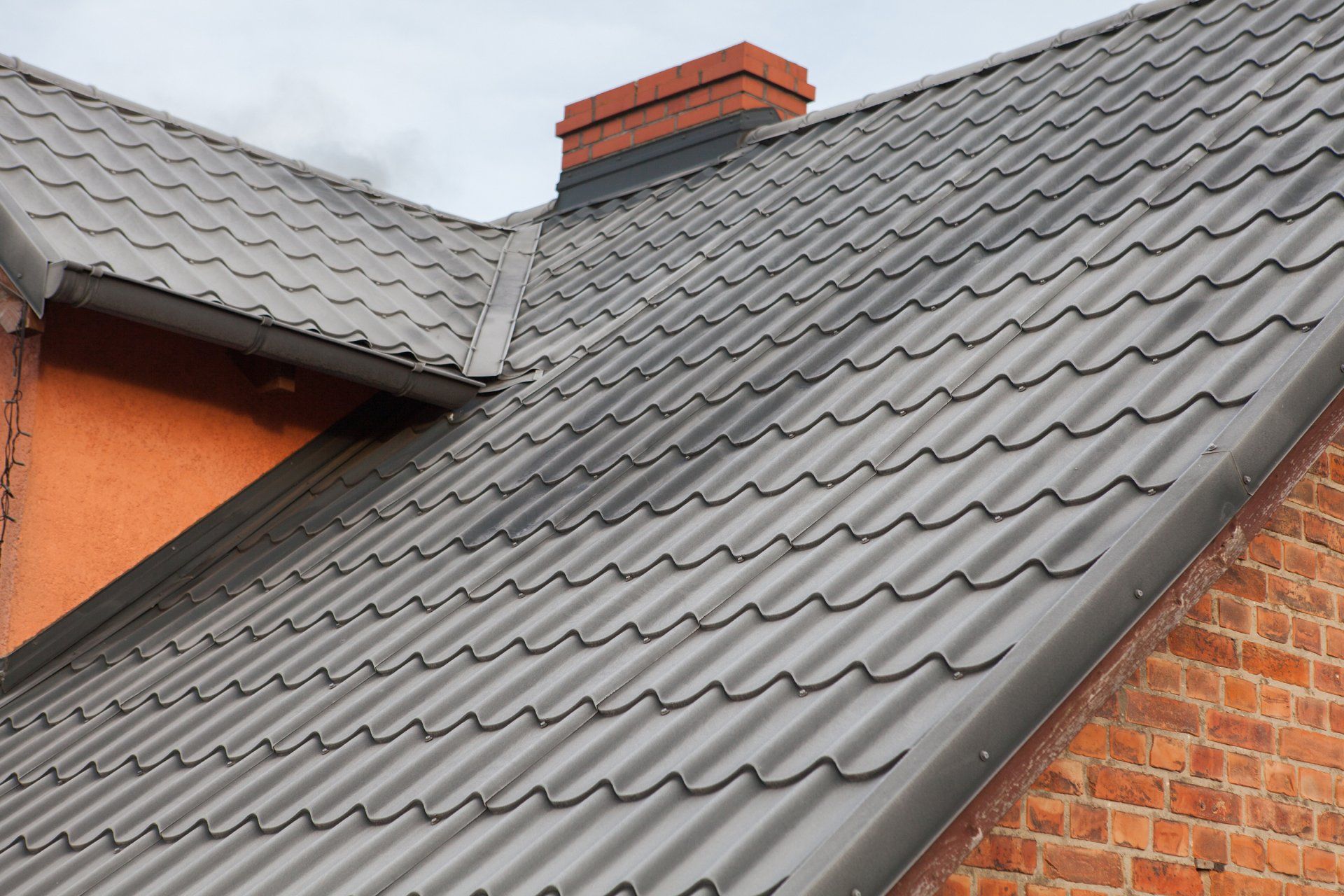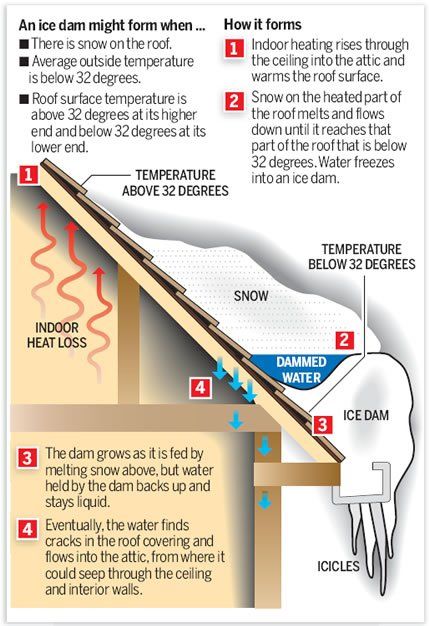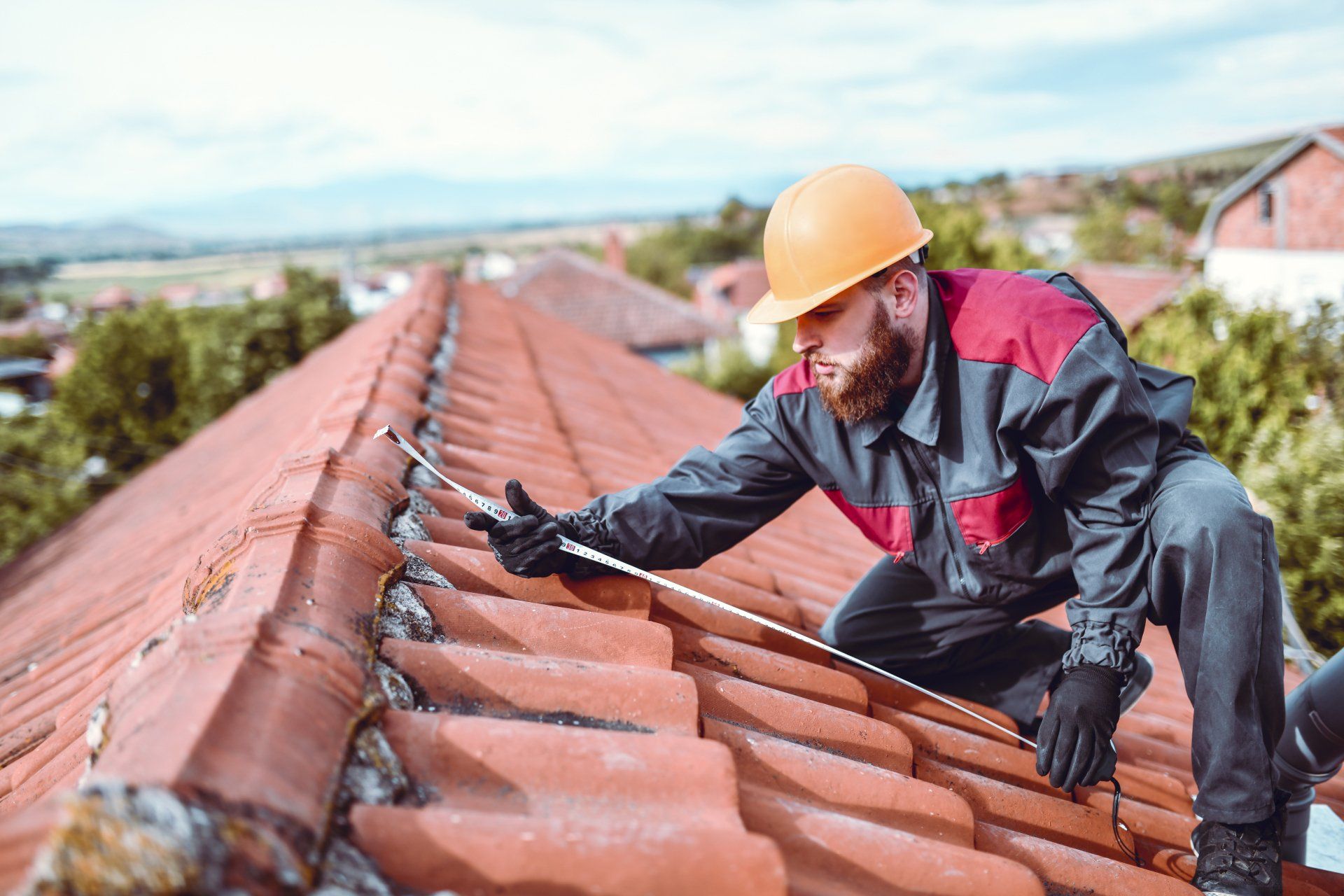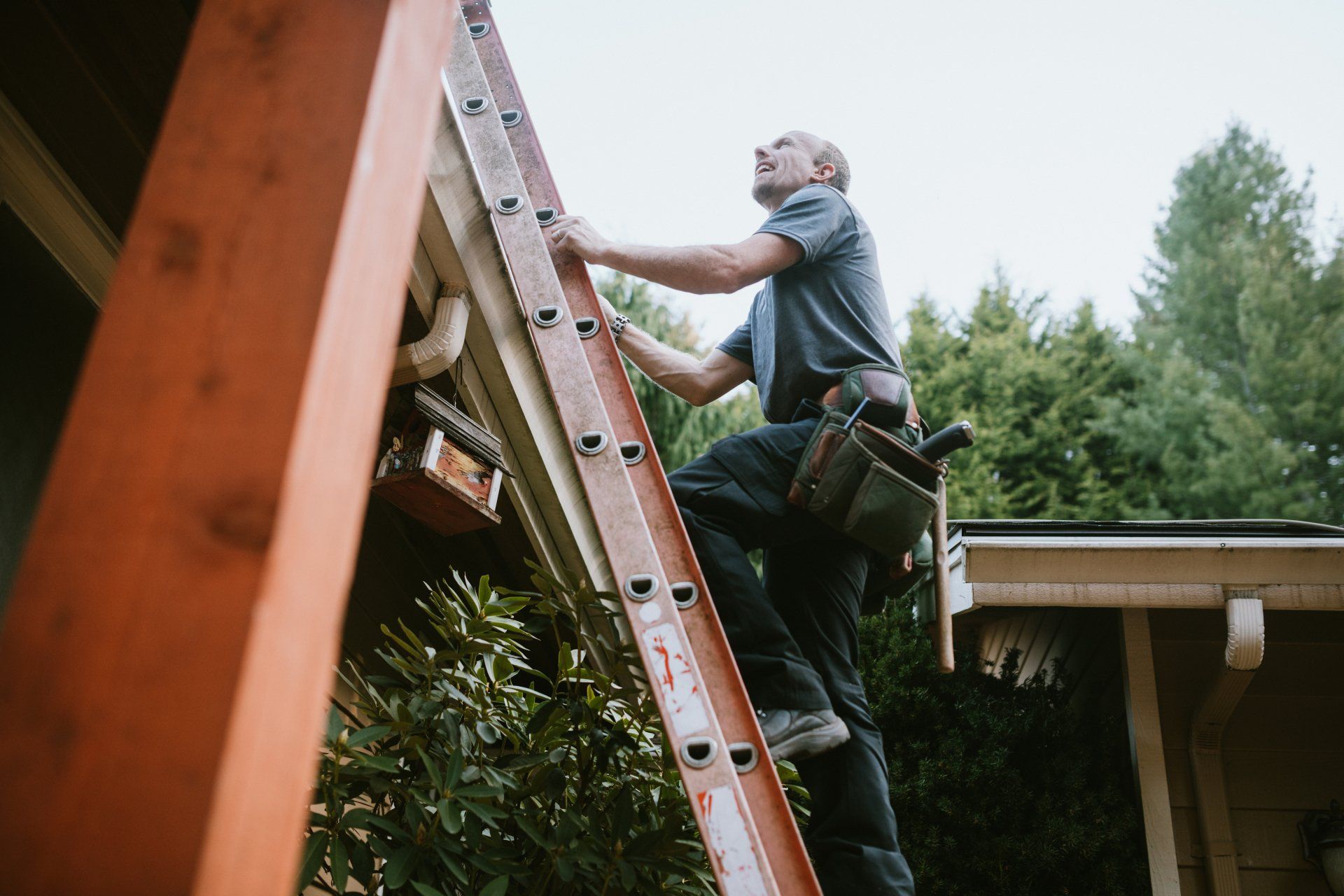5 Tips for Effective Roof Protection in the Winter
Duluth Roofing is located in Minnesota, and ice and weather-related roof damage is a common occurrence in the north. But wherever you are, it’s important to know how to optimize your roof protection during the warmer months so you’re equipped when the temperature drops. If you’re new to the north or you have unexpected ice and snow in the south, we’ll break down a few essential tips that you’ll need to protect your roof.
1. Ensure you have a well-insulated and ventilated roof and attic.
For asphalt shingles, insulation is the most critical component of roof protection in the winter. Homes in the north that are less than 20 years old typically have adequate insulation. Homes in the south are not typically insulated to the same level or with correct techniques. With the increasing ice and snow storms hitting the south each year, it’s more important to ensure that your home is insulated effectively against potential snow loads and ice.
You might think that insulation is important because it keeps the roof warm. But that is actually not the case. Proper insulation keeps the heat from escaping into the attic and warming the roof. Melted snow is the number one cause of ice dams on roofs. Insulation must cover the home’s ceiling level effectively so the attic stays as cold as possible in the wintertime.
2. Install heat cables for older homes that don’t offer quality insulation.
For homes older than 20 years, insulation can sometimes present a problem. If the structure of your home prevents adequate insulation, you’ll need to use heat cables to prevent ice dams from forming and creating hazardous damage. Talk to your
professional roofing company about your roof structure and ask them to do an inspection during the warmer months.
Heat cables are not typically a permanent solution, but they can prevent ice dams in the interim. Hire a professional to install heat cables in the wintertime to avoid potential injury.
3. Ask your roofing company to shovel the snow off your roof if it’s over one foot.
Ice dams are a primary threat for homes all over the country, but snow loads are especially dangerous in the north. Most homes can handle heavy snow, but you shouldn’t allow the snow to accumulate to more than one foot. In some situations, weaker roofs can cave in if the snow becomes too much. If you have an
asphalt shingle roof, call your roofing company when you notice a buildup. Don’t try to shovel your roof on your own.
If you have a
metal roof, make sure that you have an adequate snow retention system installed. According to
Metal Construction News, “The key purpose of a snow retention system is to hold and retain snow/ice on the roof and allow a controlled evacuation of the snow, which will help protect your assets and decrease your liability.” Metal roofs are slippery, and as snow piles up, the increased weight can cause massive roof avalanches that are dangerous for passersby and your property. It’s important to keep the snow on the metal roof to allow for a gradual evaporation instead of uncontrolled, heavy snowfall.
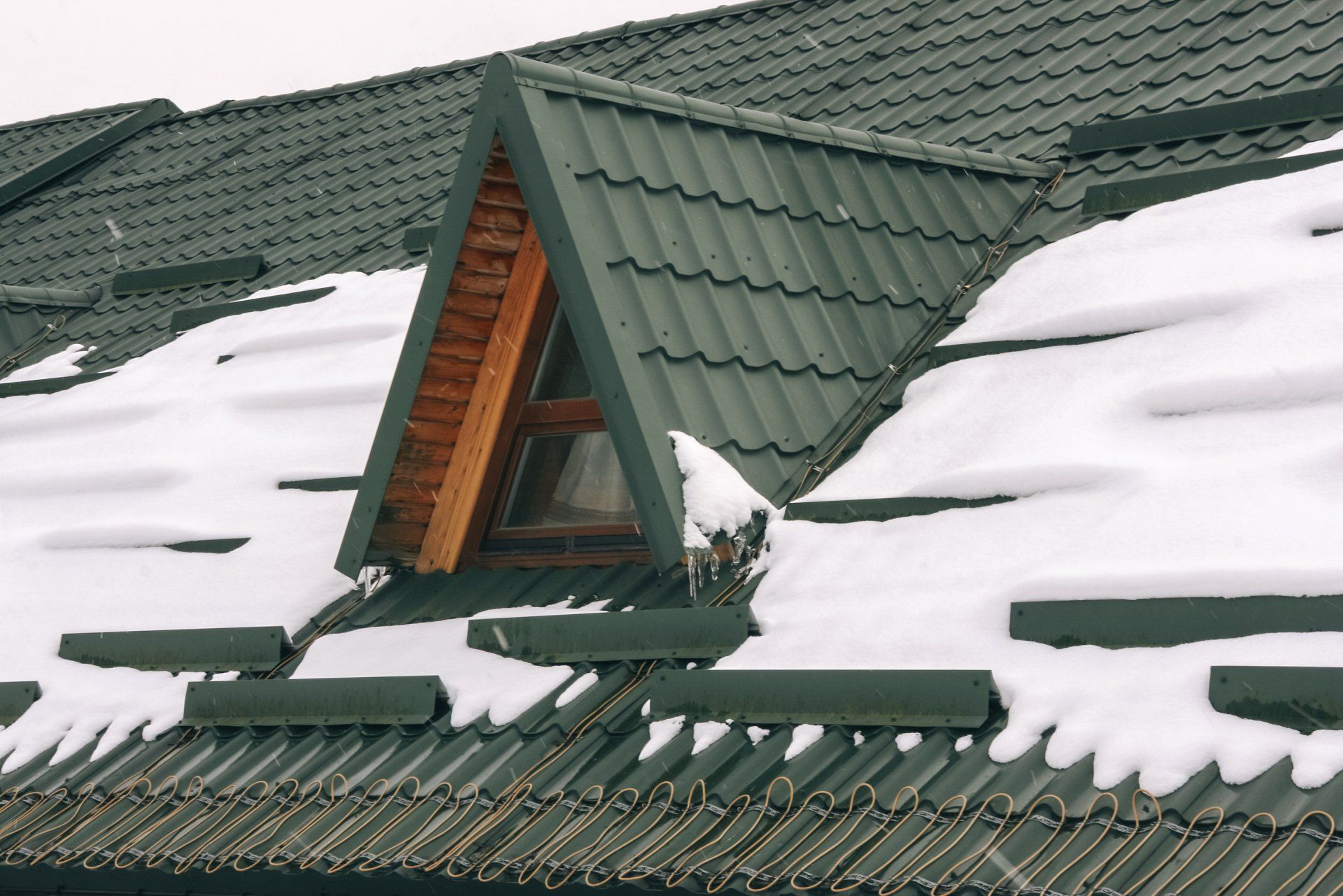
4. Install an ice and water shield for the best roof protection.
Homes in the north are always built with an ice and water shield layer underneath the roofing material. If you live in an older home, talk to your roofing contractor about a
roof replacement that includes ice and water shield material. Very few homes in the south are built with the ice shield in key water accumulation areas. So southern homes are at a greater risk of ice dams than homes in the north. If you own a home in the south, consider adding an ice and water shield during your next
roof replacement or
repair project.
5. Hire your roofing company to do a full roof inspection before the cold winter months.
Adequate preparation is the most important component of roof protection. If you have doubts that your roof is prepared for unprecedented cold weather, contact your local roofing company to schedule a roof inspection during the summer. Ask specific questions about ice dams on roofs, insulation, and ventilation. If any changes need to be made, you’ll have the time during the summer and fall to schedule the project so you’re prepared. It’s very difficult to make
repairs on a roof during the coldest months of the year.
Conclusion
In conclusion, the best way to stay ahead of Mother Nature is preparation and education. Make sure your roof is reinforced with the proper materials and techniques to avoid ice dams and potential cave-ins. Don’t wait until you start to see cracks in the plaster of your interior walls. At that point, your roof is compromised and it’s too late. Keep your home, family, and property safe by following the tips in this blog to repair for the icy winters ahead.
Have questions about roofing insulation or cold weather prevention?
Contact our team at Duluth Roofing to schedule an inspection.
